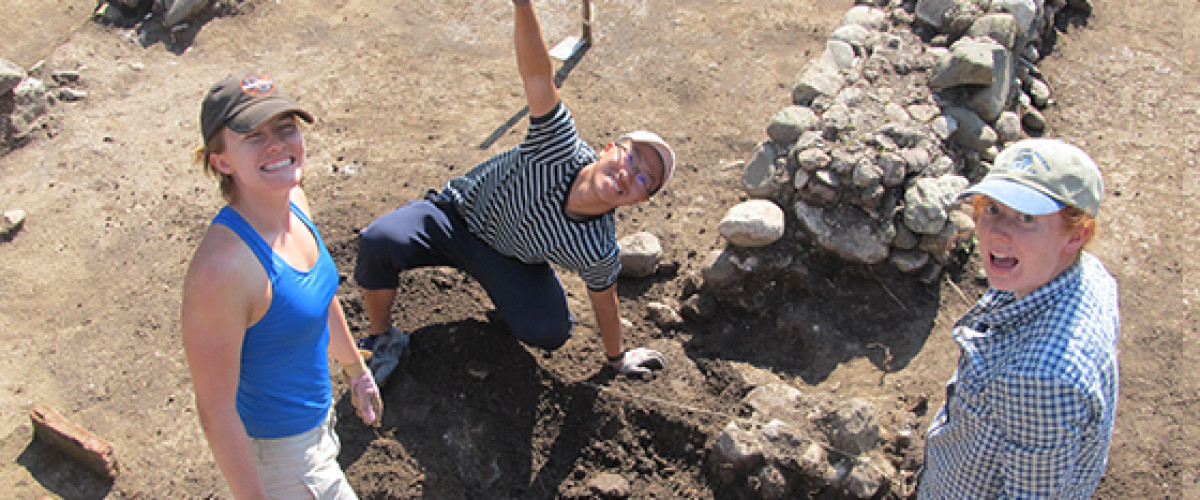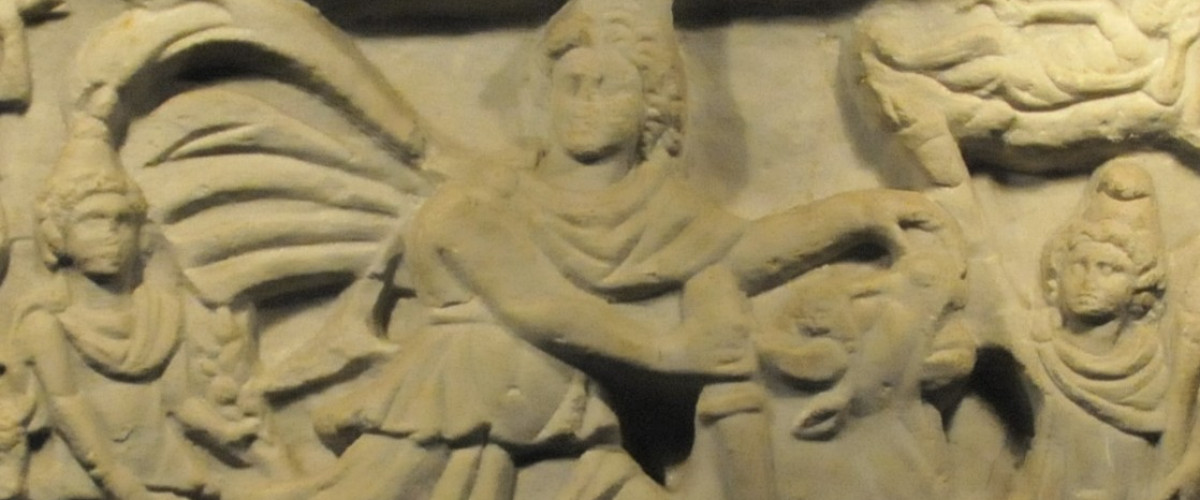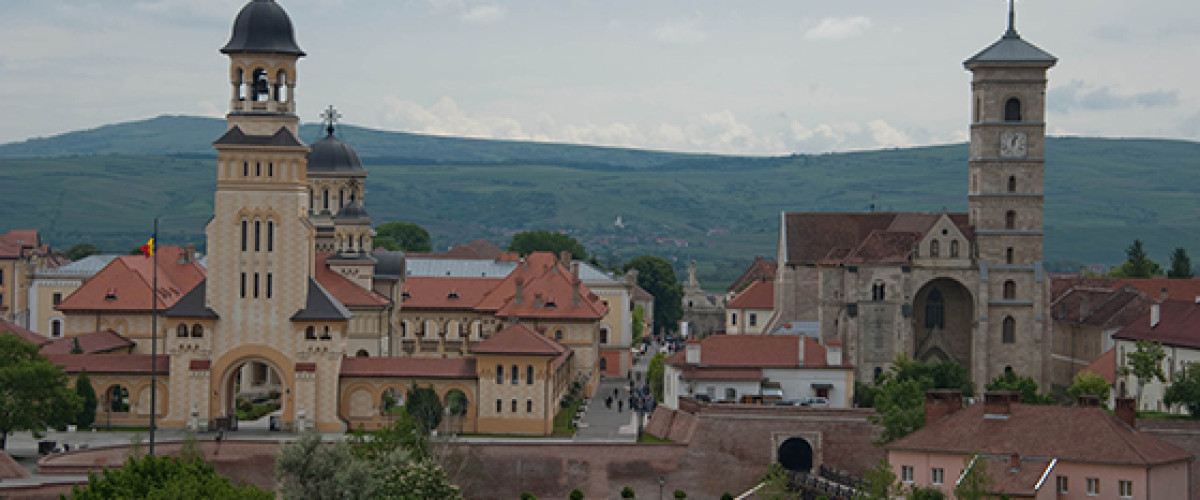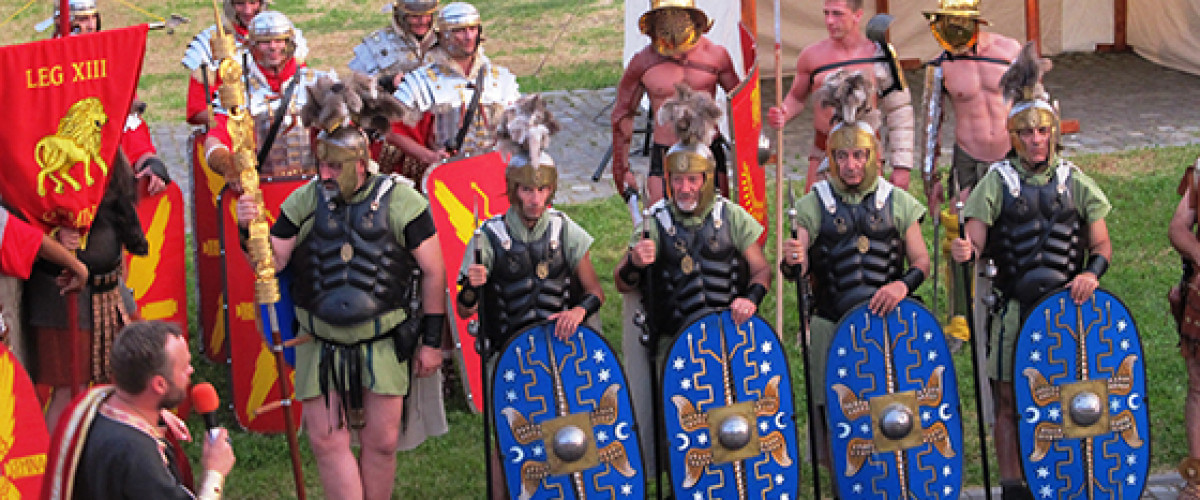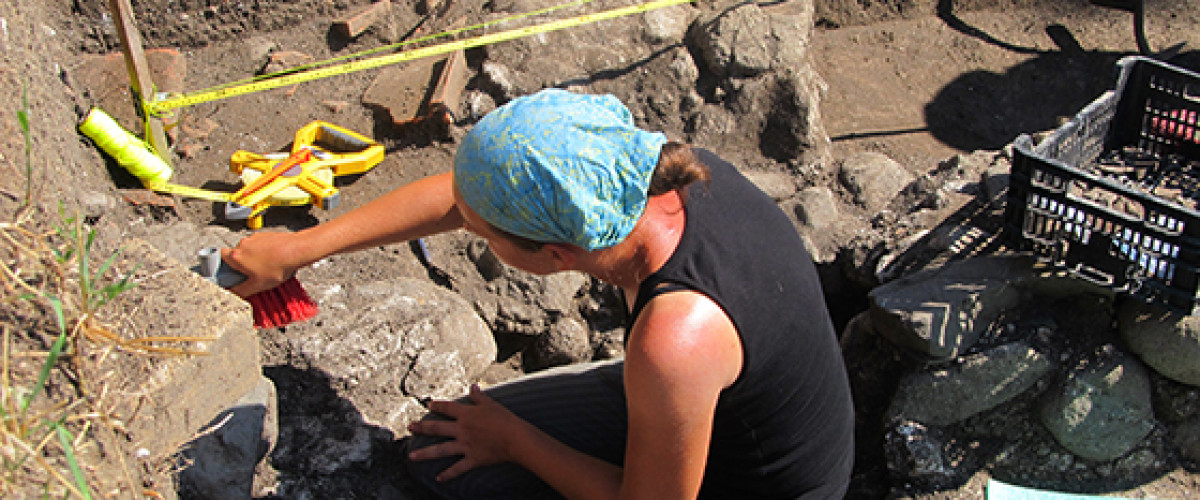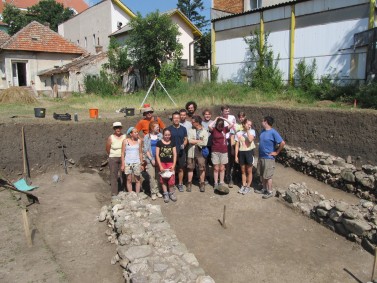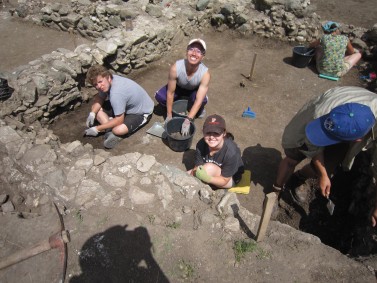The Apulum Mithraeum III Project aims to de-mystify the ancient “mystery cult” of the Roman god Mithras through excavation and interpretation of a 2nd-3rd century CE temple located in modern Alba Iulia in the heart of Transylvania (Romania).
Since 2013, an international team has run annual field seasons to study the building and its surroundings and to train students in archaeological best practices. The site offers a unique opportunity to understand better the cult of Mithras in the Roman Empire and local social/religious dynamics in Apulum.
The central questions shaping our agenda are:
- To what extent can we reconstruct the nature of the sanctuary-community and its ritual practices?
- How do these practices help us better to understand cults of Mithras in the Roman Empire?
- What are the connections between these practices and the cult at the other sanctuaries and cult communities in Apulum, including at least two other mithraea known from the site?
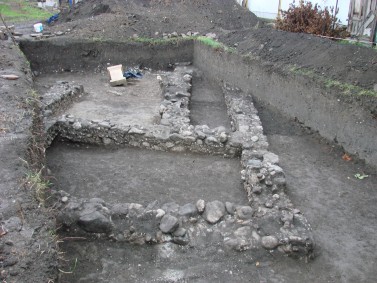
The Mithraeum in 2008
The mithraeum was discovered in the Roman municipium during rescue excavations in 2008, but remained largely unexcavated.
In 2013, the team focused on documenting the 2008 excavations and continuing to excavate the exposed portion of the building to establish its chronology and ritual usage. The following season, excavation centered around the previously unexcavated parts of the structure to establish a better sequence of use and understand the post-Roman re-use of the building. In 2015, the team’s research focused on processing finds from the previous two seasons. The upcoming season, 2016, will likely be the final season at this site.
